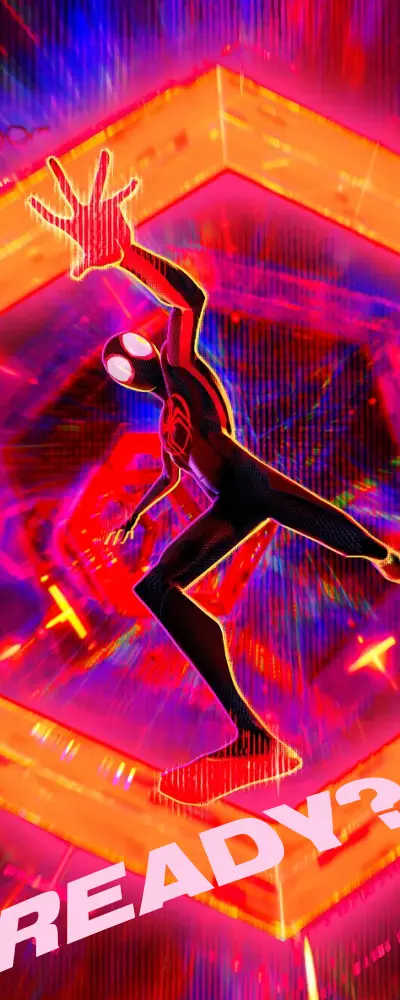“Nobody phrases it this way, but I think that artificial intelligence is almost a humanities discipline. It’s really an attempt to understand human intelligence and human cognition.”
Sebastian Thrun
Artificial Intelligence (AI) has become a game-changer in various industries, including creative occupations like graphic design, video editing, and animation. With AI technologies rapidly advancing, it’s important to examine the potential benefits and drawbacks it brings to these creative fields. In this article, we’ll explore the pros and cons of AI in graphic design, video editing, and animation, shedding light on the evolving landscape of creativity.
Pros of AI in Creative Occupations
- Increased Efficiency and Productivity: AI-powered tools automate repetitive and time-consuming tasks, allowing creative professionals to focus on higher-level work. With AI handling routine tasks like image editing, video rendering, or automated design suggestions, artists and designers can streamline their workflows, saving valuable time and energy.
- Enhanced Creativity and Inspiration: AI can act as a creative assistant, providing designers with new ideas and inspiration. Generative algorithms and machine learning models can generate novel designs, suggest color palettes, or even create music and visual effects. This collaboration between human creativity and AI algorithms can lead to innovative and groundbreaking results.
- Improved Precision and Quality: AI algorithms excel at tasks that require precision and accuracy. In graphic design, AI-powered tools can assist with precise image retouching, accurate object removal, or seamless background removal. Similarly, in video editing and animation, AI algorithms can aid in motion tracking, visual effects, or smooth scene transitions, ensuring a polished and professional final product.
Cons of AI in Creative Occupations
- Risk of Job Displacement: As AI automates certain tasks, there is a concern about job displacement among creative professionals. Routine tasks that were once done manually may become obsolete with the rise of AI-powered tools. However, it’s important to note that AI is more of a creative assistant than a replacement for human creativity. Creative professionals can adapt and focus on higher-level tasks that require human ingenuity, critical thinking, and artistic expression.
- Lack of Human Intuition and Emotion: AI algorithms operate based on data and patterns, which means they may lack the intuition, emotion, and subjective judgment that humans bring to the creative process. Design decisions often require a deep understanding of human emotions, cultural context, and aesthetics, which AI algorithms may struggle to replicate. Human creativity remains a unique and essential aspect of the creative process.
- Ethical and Legal Concerns: AI-powered tools raise ethical and legal considerations in creative occupations. Issues such as copyright infringement, intellectual property rights, and ethical implications of using AI-generated content need careful attention. As AI advances, it is crucial for creative professionals to navigate these challenges and ensure responsible and ethical use of AI in their work.
Artificial Intelligence has made significant strides in transforming creative occupations such as graphic design, video editing, and animation. While AI brings undeniable benefits in terms of efficiency, inspiration, and precision, it also poses challenges in terms of job displacement, the absence of human intuition, and ethical considerations. By embracing AI as a powerful tool and maintaining a balance between human creativity and technological advancements, creative professionals can harness the full potential of AI while preserving the distinctiveness of human artistic expression. With a thoughtful approach, AI can amplify creativity and open new avenues for innovation in the ever-evolving world of graphic design, video editing, and animation.



0 Comments